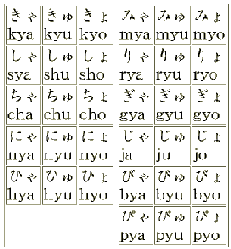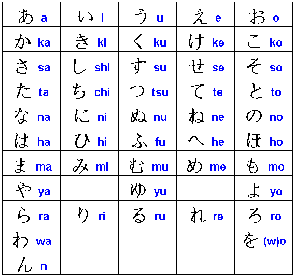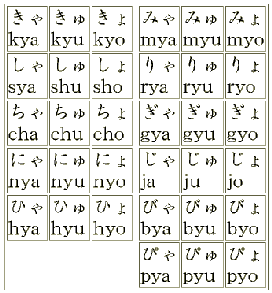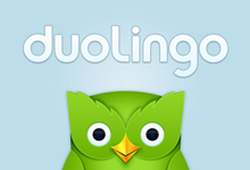
Hiragana: The First Step in Learning Japanese
by emmaspeaks
Hiragana is just one of the three Japanese syllabary alphabets, but it is the first one you should tackle.
Hiragana
Why Hiragana First?
Japanese has three different major alphabets, if you will. There's hiragana, which I will discuss here, and there is katakana and kanji, as well. Hiragana is best compared to cursive, but the syllables are exactly the same as katakana. Together, hiragana and katakana are called kana.
Hiragana consists of 48 characters. They follow a pattern that makes it simple to remember. Starting with a, it goes: a, ka, sa, ta, na, ha, ma, ya, ra, wa. Then repeat with i, u, e, o. If you can get that much down, the diacritics and digraphs will be easy to master.
The Oddballs
N and Wo
You'll note on the chart that there is also an n and a wo. Wo, is actually a particle and will never be used for anything else, so remember that. And, n is it's own syllable. I know it's hard to imagine that one consonant can be a syllable all by itself, but if you listen to the correct Japanese pronunciation of a word such as zannen, you can hear za-n-nen. It takes some getting used to, but for the sake of moving on, let's continue with dakuten and handakuten, or diacritics.
The Ten Ten
Those Little Tallies After the Syllables
If you are already a little familiar with Japanese writing, you have probably noticed that some syllables have either a little tally mark or a little circle at the end. These are little modifiers that change the sound slightly. For example, か, or ka, with the addition of the ten ten, looks like が, and sounds like ga. This does not apply to all syllables, there are specific syllables that can be modified and there are also specific ways that they are modified. Take some time to study the chart below.
Digraphs
Compound Syllables
The final step in mastering hiragana is learning the compound syllables. This is not as hard as it might seem and the chart below should be more than enough to explain. Basically, you take a syllable, like き, or ki, and add や,or ya, for example. You get きゃ, which is kya. Simple, right? Once again, you can't just mix syllables willy nilly. There are rules. The best way to master these is to just memorize the chart.
Memorization is Key
When I first started learning Japanese I started with hiragana. It took me one whole day to learn these charts. Now, learning to write them takes a little longer because there is a stroke order. If you are dedicated like I was, though, this will be a snap. Keep at it and soon you will be learning kanji. Don't get overwhelmed. Japanese is easier to learn than most people think. Ganbarimasu!
Some Books on Hiragana
You might also like
Duolingo - Learn A New Language Easily And Entirely FreeWhat is Duolingo? It's a website that's completely free of charge and provide...
Japanese Expressions You Have Never Heard BeforeWant to learn more about nice/strange/original Japanese expressions? Here is ...









 Romeo and Juliet-the Gang Warson 01/07/2012
Romeo and Juliet-the Gang Warson 01/07/2012
 The Inevitability of Progresson 01/03/2012
The Inevitability of Progresson 01/03/2012
 An Open Letter to All Ron Paul Supporterson 12/29/2011
An Open Letter to All Ron Paul Supporterson 12/29/2011
 How to Divorce Your Cable Company and Not Look Backon 12/28/2011
How to Divorce Your Cable Company and Not Look Backon 12/28/2011



Comments